Taming heartburn doesn’t have to mean eating a lackluster lunch
Altering your lunchtime choices might not be the first thing you think about if you’re plagued by reflux, but it can be a contributing factor to your situation. But it’s not difficult to create easy, GERD-friendly lunches that prioritize digestive comfort while also delivering the nutrition and great taste you crave.
Understanding the impact of lunch on GERD
Anytime you eat, there is the potential for triggering acid reflux. What are some of the reasons that your lunchtime noshing, in particular, can lead to an afternoon or evening of digestive symptoms? Here are some common culprits:
- You ate fast food. Burgers, fried chicken tenders or sandwiches, French fries, onion rings, fried seafood, and the like are common lunchtime takeout options, but fatty fast food options may not be doing you any favors if you have heartburn. A 2021 systematic review of dietary patterns on the risk of GERD found that fast food and the consumption of fried foods are associated with reflux disease and symptoms, although not all studies have shown this link. Avoiding typical fast food fare will keep reflux from flaring up.
- You had an especially spicy meal. Spicy peppers, hot sauce, or spicy salsa can come back to haunt you later in the day. Susceptibility to spiciness as a trigger is an individual thing, but if you notice a pattern of reflux issues after your Taco Tuesday lunch special, it’s something to consider.
- You washed down your meal with a carbonated drink. Bubbly bevies can be trouble for some tummies. If you know they’re a problem for you, opt for less effervescent options.
- You just ate too much. Research shows that larger meals are a set-up for an acidic come-back. (And if you’re wearing tight clothes or a belt, it’s even more uncomfortable and more likely.) Instead of 3 larger meals, consider eating 4 or 5 smaller meals.
Tailoring your lunch choices to manage GERD
Some lunch options are more appropriate for tamping down potential reflux than others. The following selections fit the bill nicely because they are lighter, offer the opportunity for a wide range of nutrients, are low to moderate in fat and calories, and can contain a good dose of fiber as well. Keep in mind that when reviewing recipes and selecting ingredients, lower-fat protein options, dairy products, and condiments are the way to go if you have GERD.
- Wraps and Sandwiches: the classic lunch food, sandwiches are a great option for utilizing a wide variety of proteins (animal or plant-based) and veggies. Switching up the bread component keeps it all interesting: pita pockets, whole-grain breads and buns, flatbreads, tortillas, and wrap are all possibilities. Even rice paper wraps typically used for spring rolls can work, as can rice cakes for an open-face sandwich option. And don’t forget that a large leaf like that of collard greens can act as a lighter sandwich wrap, too.
- Soups: another traditional lunch selection, soups are excellent vehicles for adding a wide range of vegetables to your diet. Restaurant soups can be pretty heavy and contain quite a bit of fat (looking at you, broccoli and cheese soup), and many popular canned soups tend to be high in sodium. But when you make a homemade soup, you have more control over the ingredients, of course, and can, therefore, keep fat and sodium down, as well as swap in alternate ingredients for pesky things like hot peppers, garlic, and other ingredients that might trigger reflux for you.
- Salads: a salad can be as easy or complicated as you like, but the bulk of your salad will likely be vegetables, which are a boon to gut health and help keep your internal “plumbing” working well. If you’re making a salad as your entree at lunch, be sure it includes some sort of animal or plant-based protein items so that it’s a nutritious and filling meal. Consider using leftover roasted vegetables and other leftover ingredients to put together an interesting salad that has a nice mix of flavors. Avoid fatty toppings like bacon bits, excess cheese, and heavy salad dressings.
Meal planning and preparation: organizing your lunches for a stress-free workday
Set yourself up for lunchtime success by making sure that you have what you need in order to quickly put together a healthy lunch. Here are some strategies to help you do that:
- Prep your lunches the night before. You’ll be out the door in no time (and with a delicious meal) if you take a few minutes each evening to pack your lunch. It’s a good time to use up your leftovers from dinner (my favorite strategy), thereby preventing food waste and saving time, too. Just portion out what you didn’t finish at dinner into your reusable containers, add any extras you might want, like a piece of fruit, a yogurt, or some cut-up veggies, and you’re good to go.
- Once a week, make a “big batch” meal that you can eat multiple times or to freeze for later. Soups, stews, and casserole-type dishes are great choices for your next “big batch” creation.
- In a pinch, cobble together a reasonable meal from lunch-appropriate snacks. Keep a variety of snacks on hand in both your pantry and your refrigerator for a mix-and-match lunch when you’re short on other options or simply to augment your lunch when needed. Shelf-stable snacks are a smart option for keeping at work, too, just in case!
Whatever your lunching style is, you can avoid digestive eating “traps” and provide yourself with a balanced, nutritious meal that will keep you fueled and feeling fine if you put a little thought into it first.
- Heidarzadeh-Esfahani, N., Soleimani, D., Hajiahmadi, S., Moradi, S., Heidarzadeh, N., & Nachvak, S. M. (2021). Dietary Intake in Relation to the Risk of Reflux Disease: A Systematic Review. Preventive nutrition and food science, 26(4), 367–379.
- Jarosz, M., & Taraszewska, A. (2014). Risk factors for gastroesophageal reflux disease: the role of diet. Przeglad gastroenterologiczny, 9(5), 297–301.
- U.S Department of Agriculture. MyPlate. Center for Nutrition Policy and Promotion (n.d.). Retrieved January 18, 2024.


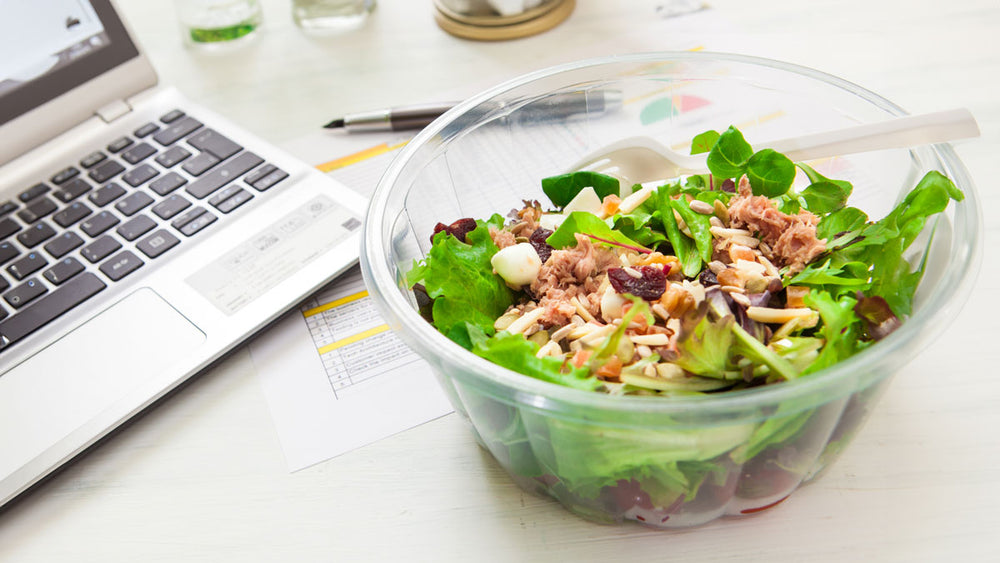
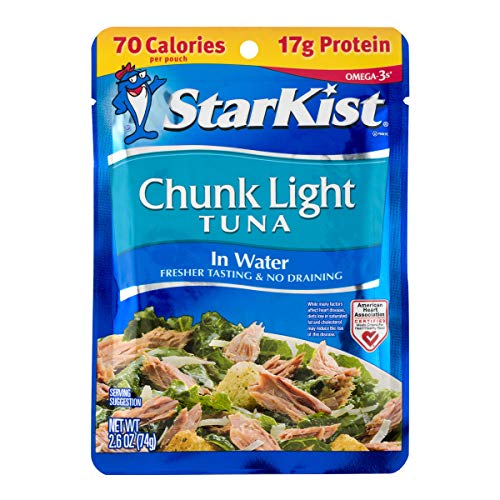
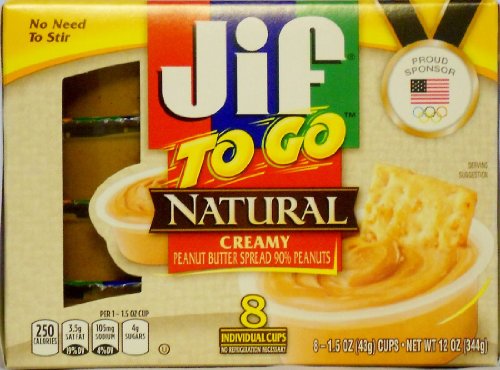
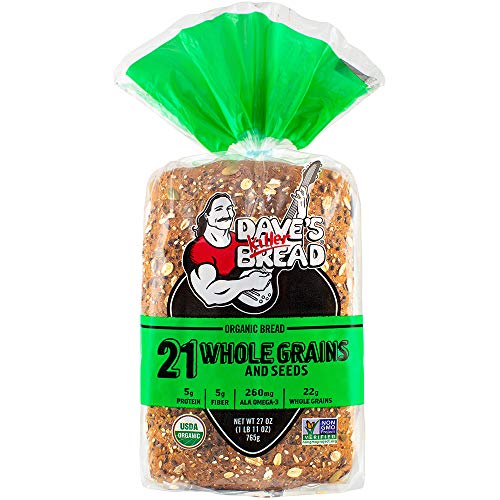

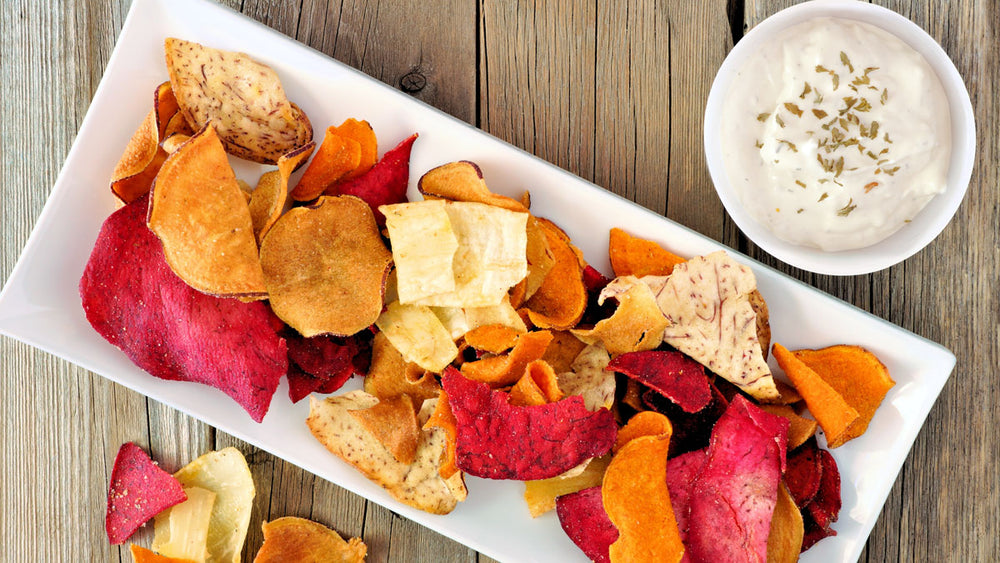















Comments
Join The Conversation...